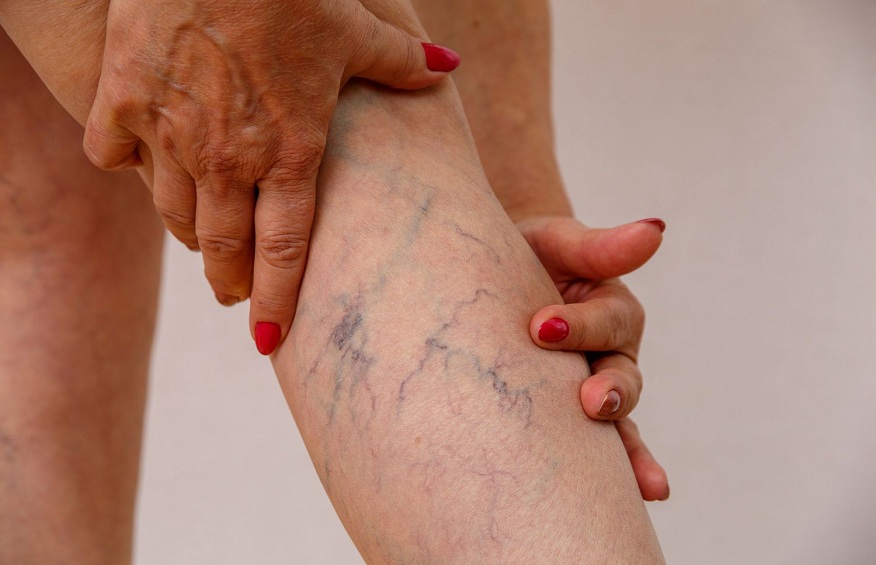For many people, varicose veins are often the first thing that comes to mind when they think of vein problems. However, numerous other possible symptoms could indicate more significant vein problems. Do your feet feel heavy, puffy, or painful at the end of the day? Do you have leg cramps or restlessness when you try to sleep in the middle of the night? You might have vein disease or venous insufficiency.
Vein illness can negatively impact your daily life even though it is not life-threatening. Thankfully, there are solutions to manage the symptoms and enhance the quality of life! Here are a few of the most typical indicators of vein problems in older adults:
Inflamed ankles or legs
Emedema, or fluid-related swelling in the legs, is one of the symptoms of poor vein health in the elderly. Lower extremity edema, or swelling, can result from fluid buildup in the surrounding tissues caused by malfunctioning veins in your legs. If you apply pressure to your ankle or lower thigh briefly and feel an indentation where your finger was, you may have venous reflux, a curable vein issue.
Leg aches, pains, or discomfort
Vein disease may manifest as leg pain or discomfort. Long durations of standing or sitting usually worsen the discomfort, even though it may simply be dull or somewhat achy. Leg tiredness or a feeling of heaviness may also accompany it. A person’s quality of life may suffer due to this discomfort, which can interfere with everyday tasks.
Varicose veins
Venous valve weakness or injury causes blood to pool inside the vein, increasing pressure. Because of the increasing pressure, the veins grow and become more visible on the skin’s surface. Varicose veins are a frequent term for large, protruding, twisting veins. These visible veins may indicate a vascular illness below the skin’s surface.
Skin discoloration & darkening
The skin on the foot, ankle, and leg may darken and take on a reddish-pink, brown, or rusty hue due to venous reflux. In severe situations, the skin may even start to take on a very dark brown or black appearance. This skin discoloring results from blood pools in the veins, pressure builds up, and weak vein valves.
When red blood cells are forced into the skin from the veins, the body eats them up and releases a substance known as hemosiderin, which essentially discolors the skin from the inside out. Untreated Venous Reflux causes discoloration that worsens over time and can result in major health problems like skin deterioration and open wounds.
Legs cramping or restless at night
Uncomfortable sensations of tingling or itching are frequently present, together with the uncontrollable urge to move the legs, known as restless leg syndrome (RLS). This feeling could indicate vascular disease, albeit the precise reason is uncertain.
The venereal disease impairs the proper circulation of blood throughout the legs, which can irritate the nerves and result in restless legs. This is particularly frequent since blood flow is typically slower at night.
Final words
Do not hesitate to contact a vein specialist if you suffer these symptoms. Since vein disorders are progressive, symptoms may worsen if the underlying vein problem is not appropriately addressed by a physician board-certified in vein care.

